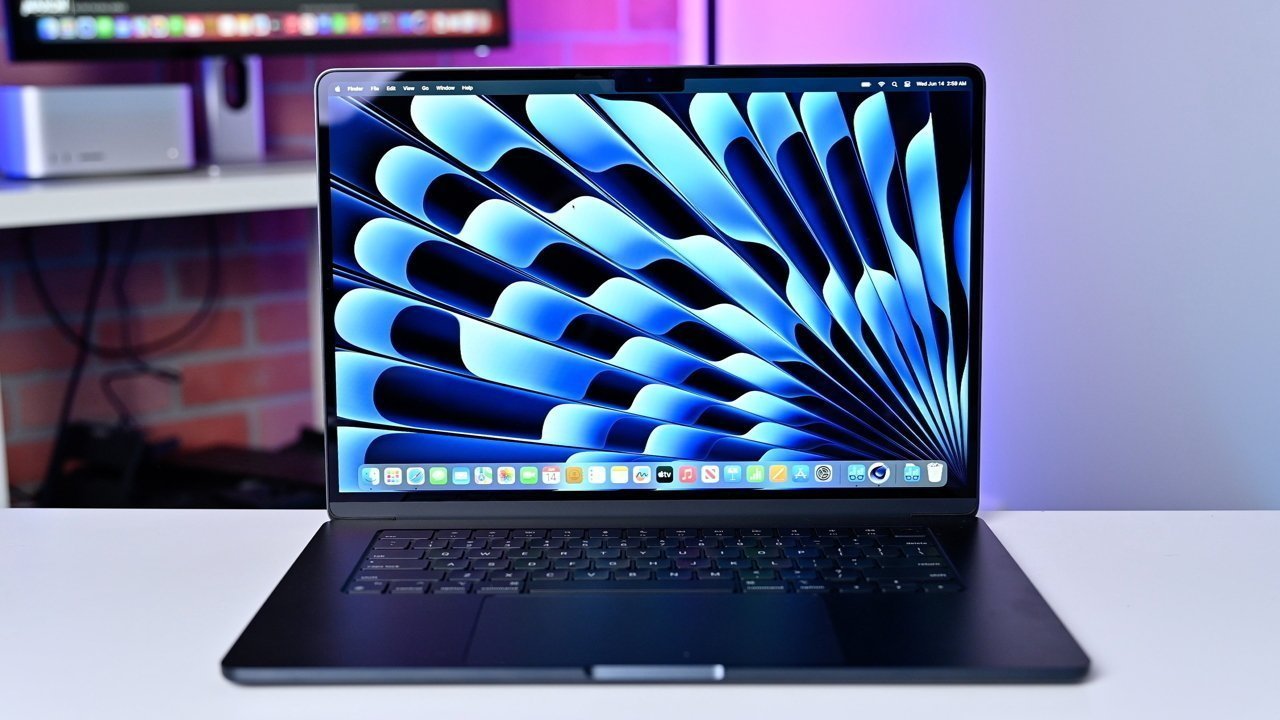Apple's OLED MacBook Air Hits Roadblock: Delayed Until 2029, While MacBook Pro Races Ahead in 2026

Apple's display roadmap for its MacBook lineup continues to evolve, with new insights from a recent supply chain report revealing intriguing details about the company's future screen technology plans. While the MacBook Pro is set to embrace OLED technology in 2026, the MacBook Air's transition has been pushed back, signaling a strategic approach to display innovation.
The report suggests that Apple remains committed to introducing OLED screens to its professional laptop line, with the MacBook Pro expected to be the first model to feature this advanced display technology. However, the timeline for the MacBook Air's OLED upgrade has been extended, indicating a more measured rollout of the new screen technology across Apple's portable computer range.
This measured approach highlights Apple's typical careful strategy of implementing cutting-edge technologies, ensuring optimal performance and user experience before widespread adoption. Tech enthusiasts and Apple fans will likely be watching closely as the company continues to refine its display technology roadmap in the coming years.

